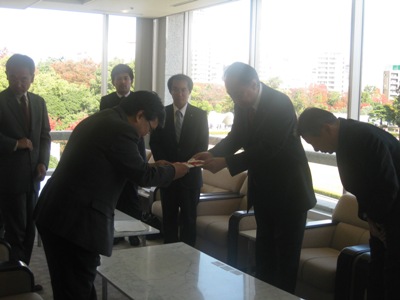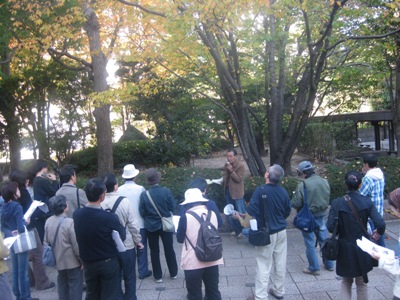The second generation aogiri (Chinese parasol tree) offered in 1999 to Shinonome Elementary School attached to Hiroshima University has grown this big.
This is a message we received from Shinonome Elementary School attached to Hiroshima University.
***********
The students of those days showed the photograph of the aogiri planted at Senda Elementary School and sang the song of aogiri (Aogiri no Uta) at the “all-school morning music assembly.” Some students had even studied about the stories of aogiri.
Sometime after they planted the seedling at this elementary school, the buds were hit and damaged by a soccer ball. The teachers and students discussed what to do and decided to install a fence around the tree. After this, the students came to pay more attention to the tree, and they were able to see the strong vitality of the tree as it grew. Now the tree has grown this big.
As a program of the PTC (Parents, Teachers and Children) activities, the fifth graders of Shinonome Elementary School visit Peace Memorial Park every year. They sing Aogiri no Uta in front of the aogiri in the park and tell the tree that one of its children is at their school.
***********

